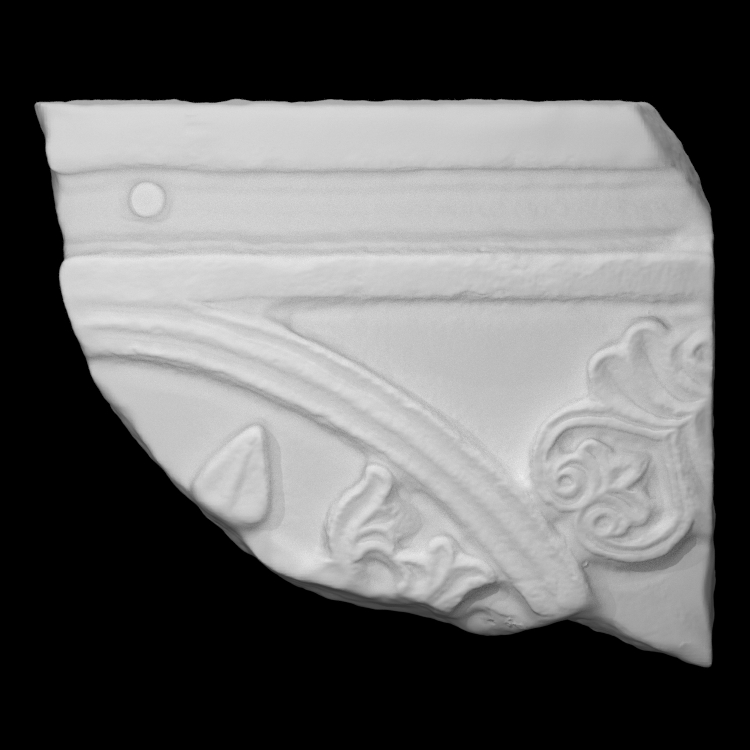
Slab fragment with a palmette relief
myminifactory
During the Middle Byzantine period, art and architecture experienced a remarkable surge in creativity, fueled by the empire's growing wealth and an abundance of affluent patrons who supported artistic endeavors. Manuscript production reached new heights, with master craftsmen creating exquisite works in cloisonné enamel, stone, and ivory that showcased exceptional skill and attention to detail. A renewed passion for classical art forms and ancient literature flourished, as Byzantium continued to draw inspiration from its rich cultural heritage. Church builders of the 9th to 12th centuries favored smaller or mid-sized churches with domed, centrally planned designs, which became increasingly popular, with the "cross-in-square plan" emerging as a standout favorite. Many processional crosses were adorned with architectural elements that echoed these church designs. The mosaic and fresco programs adorning the vaulted and domed spaces of these buildings often utilized their curved surfaces to create dramatic effects or complement narrative themes. These monumental decorations demonstrate a thoughtful consideration of how images interact and respond to one another across space, both vertically and horizontally. During this period, figural images and icons became increasingly prominent in the decoration of the templon, or eastern sanctuary barrier of the Byzantine church, as well as its adjacent wall spaces. The first great monasteries were built on Mount Athos (Greece), which would go on to become one of the most influential and enduring centers of Byzantine Christianity.
With this file you will be able to print Slab fragment with a palmette relief with your 3D printer. Click on the button and save the file on your computer to work, edit or customize your design. You can also find more 3D designs for printers on Slab fragment with a palmette relief.
